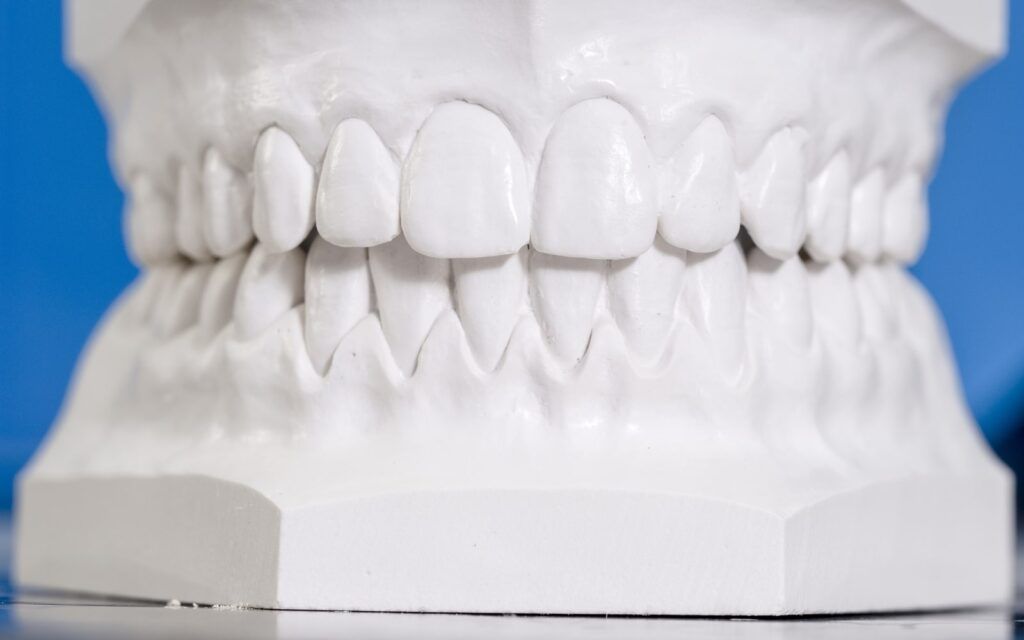Orthodontic tooth movement is a highly involved, complicated process because it isn’t just about moving teeth. Orthodontic treatments such as braces are about moving teeth safely into the correct positions without causing cases of reabsorption and unnecessary damage. These types of treatments tend to cause significant changes to the mouth’s internal structure, and it’s all due to the process of osseointegration and osteoblastic bone movement that people are able to achieve more perfectly aligned smiles.
Osteoclasts, Osseointegration, and Your Bone Health
The osteoclastic bone refers to the process of the osteoclasts, or bone cells, forming or breaking down the bone tissues. Through the healing process, these cells work to reform the bones by retaining minerals, blood cells, and other tissues to maintain the bone’s integrity. In worse-case scenarios, bone reabsorption causes the tissues within the bone to break down and transfer the minerals back into the bloodstream. Because of this, many dentists often have to use bone grafts to help promote better bone formation throughout the jawbone because leaving it untreated can heavily increase the risk of periodontal disease and tooth decay.
Orthodontists faced with this problem tend to have to combat it in numerous ways. Straightening teeth can often lead to better bone health overall because straighter teeth have a less difficult time with cleanings and treatments. Straightening teeth can help promote the process of osseointegration, which is the fusing of bone material. This process promotes healthier osteoclast activity and assists with many restorative treatments such as implants.
However, orthodontists treating teeth need to take into account bone movement and health when considering treatment more thoroughly due to the intricate systems our teeth present. Because of their complexity, braces help gradually adjust the teeth and promote better bone health because of their components, which include:
- Brackets: Brackets are the mounting points for the teeth that act as support points to uphold the archwires and o-rings and help assist with the tooth movement process.
- Archwires: The archwires are designed to apply precise pressure to adjust the teeth into the proper position and work to induce the osseointegration process.
- O-Rings: Also called ‘ligatures,’ o-rings are elastic bands that connect the archwire to the bracket and help support the continuous movement.
Speaking With Your Dentist About Bone Health
It’s important to speak with your orthodontists before any significant movement procedure because braces present a long-term treatment that creates important structural changes to your mouth. Osseointegration, bone movement, and osteoclastic bone activity are all intricate and integral parts of the healing process and, if done incorrectly, can cause further damage to your teeth and gums. Risks such as damaged tooth roots, jaw reabsorption, and eventual tooth loss if you have the treatment done incorrectly. When consulting your orthodontists, make sure to speak with them about your jaw and bone health to care for your body and oral health. If you’re interested in braces, the best place to learn more about them is by scheduling an appointment with your dentist to get further information about your option.


